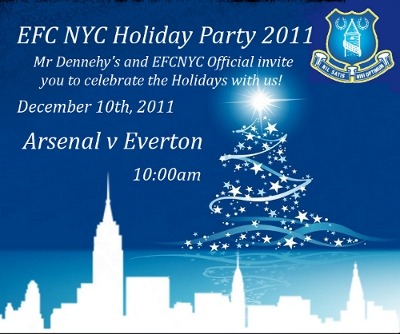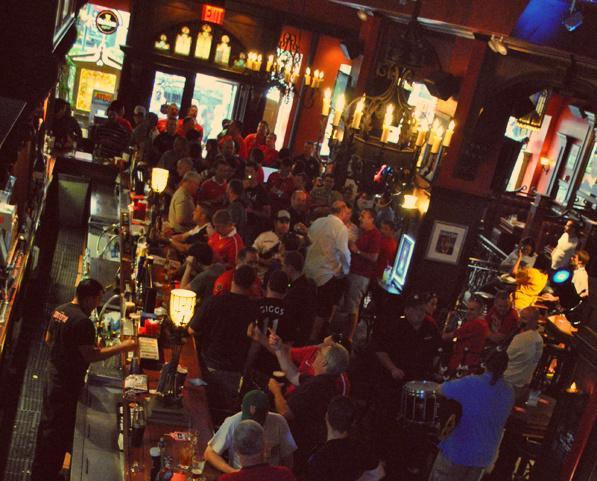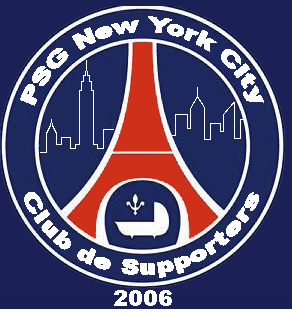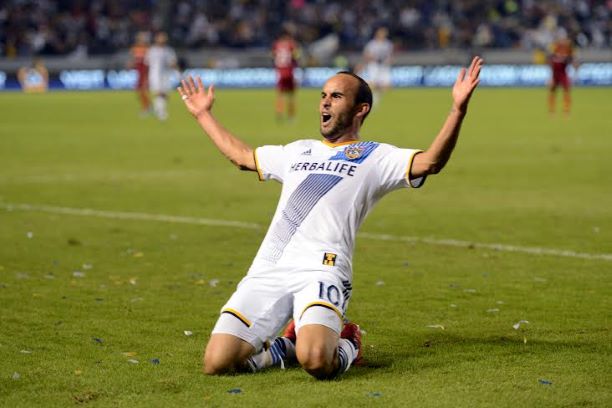New York City and the Rebirth of Supporter Culture: The Beginning
New York City and the Rebirth of Supporter Culture: The Beginning
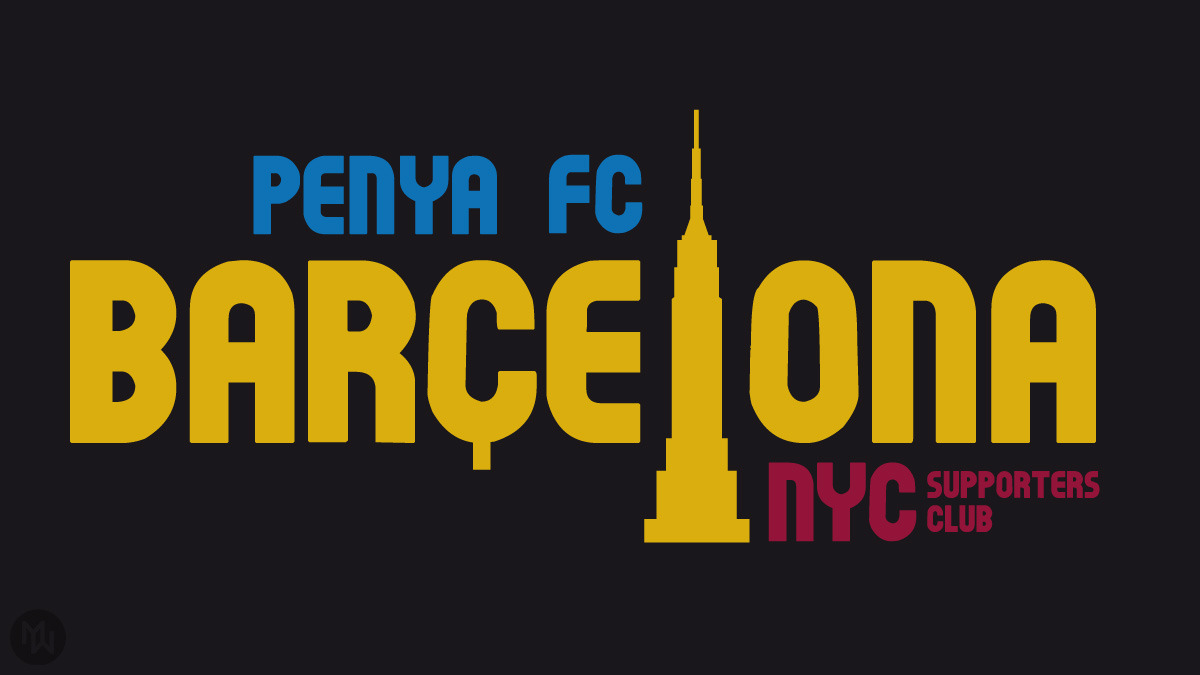
New York City and the Rebirth of Supporter Culture: The Beginning
With football gaining greater traction with American audiences, to the tune of historic viewing and attendance figures, it’s quite easy to overlook that the future looked bleak only a few years ago. From a contracting domestic league, to a lack of media attention and widespread legitimacy, being a soccer fan in the United States was sometimes a difficult task. Nevermind finding fans with whom you shared allegiances, even something as straight-forward as watching a televised game required a steady hand for cable rewiring, or at worst, a stomach for seedy bars.
Things have changed, but it’s important to remember the past. With that in mind, we’re very proud to present a multi-part history on recent New York-based supporter clubs, the culmination of months of research and passion. Today, we focus on the difficulties faced by fans in the New York City-area. Here's Jonathan Williamson:
The crowd packed in tight, shoulder-to-shoulder. Those sitting rose to their feet. A nervous murmur hovered above the sea of people, dressed almost exclusively in red. Emotions ranging from cautious optimism to irreparable dejection covered their faces.
Few in the crowd imagined this scene a half hour earlier when their beloved Manchester United held a commanding 2-0 lead over crosstown rival Manchester City. At that point, the nervous murmur was a chorus in full throat, celebrating what seemed like inevitable victory. In unison, the crowd roared, “U-N-I. T-E-D. United are the team for me. With a knick-knack paddywhack give the dog a bone, why don’t City fuck off home?” But two Manchester City goals tied the game 2-2, and muted the United faithful.
Now, in the game’s waning seconds, Manchester United’s Robin Van Persie stood alone over a free kick roughly 25 yards from the City goal. As he approached the ball, the crowd fell silent. The group collectively inhaled, waiting to unleash either sighs of despair or shouts of triumph. Van Persie stroked the ball with his left foot, sending it toward the City goal. On the way, it caromed off a City player, clanked off the left post and nestled in the back of the net giving Manchester United a 3-2 lead.
The crowd erupted into a chaotic celebration of shouts, hugs and clenched fists punching the air. It was one of those moments of unrestrained jubilation without embarrassment that sport affords adults. After all, for many in Manchester, soccer is religion. But this particular throng of fans was not at the City of Manchester Stadium. They were not even in England. They were at a bar in New York City where the local time was about 10:30 Sunday morning.
Twenty years ago, scenes like this did not exist in the U.S. In the early 90s, most Americans equated watching soccer with sitting in foldout lawn chairs while swarms of children chased a ball and coaches dispensed orange slices. Many considered the world’s game a recreational activity, not a sport. Even the most popular teams, like Manchester United and Barcelona, couldn’t establish a foothold in an American sports landscape ruled by the holy trinity of football, basketball and baseball.
In 2013, that landscape looks much different. The word “football” – what the rest of the world calls soccer – has taken on a second meaning among some American fans. And professional soccer teams have not only established a foothold, but created ardent bastions of support in the U.S. More than 40 teams around the world have New York City-based supporters clubs. Because of international time differences, the clubs’ members congregate in bars as early as 7 a.m. to watch games, sing songs, bang drums, drink beer and get their fix of a culture still largely unavailable in the U.S. For expats, the supporters clubs are links to home and the traditions of their youth. For Americans, the clubs are a chance to forge a connection to teams thousands of miles away. And with social media making it easier than ever for like-minded fans to connect, the supporters clubs are growing rapidly in both number and size.
From highly organized groups with hundreds of members to handfuls of fans connected by little more than the same jersey, each supporters club operates differently. PSG Club NYC, the supporters club for French team Paris Saint-Germain, draws as many as 200 people for games. The club has a board of directors and a sleek website featuring PSG Club NYC news, press clippings and merchandise. Supporters club representatives are in contact with Paris Saint-Germain’s front office, and even held a meeting with team officials in Paris to discuss how the team can grow its American fanbase. In addition to watching matches, PSG Club NYC organizes social events and outings. BRANN.US, the supporters club representing Norwegian Premier League team SK Brann, is more intimate. BRANN.US has 10 members: five Norwegians and five Americans scattered throughout the tri-state area. The club costs nothing to join, and formal activities are limited to watching matches.
Each supporters club has one bar, sometimes two, at which they gather to watch games. The club supporting German team FC Bayern Munich watches matches at Smithfield on West 28th Street in Chelsea. EFCNYC, the club devoted to England’s Everton, takes in matches at Mr. Dennehy’s, a quaint West Village pub on Carmine Street. The overriding factor determining where a club flies its flag: which bar guarantees to televise or stream a majority of games. With 18 satellite feeds from a dozen countries, The Football Factory on 33rd Street is home to over 30 supporters clubs, more than any other bar in New York City.
The Football Factory is in the basement of Legends, a high-end midtown sports bar directly across from The Empire State Building. Legends’ top two levels feel more sport coat and collared shirt than soccer jersey and scarf. The wooden doors open to a sprawling space with an elevated ceiling from which ornate iron chandeliers dangle. To the right, a polished dark wooden bar runs the length of the room. To the left, more than 25 tables and booths adorned with meticulous place settings await guests. Legends’ formal décor is accented by a handful of soccer jerseys and pictures, hints at what lies at the bottom of a white marble staircase immediately left of the host table. During the descent, the change in atmosphere is palpable. Cheers, clapping and chants wash away the polished world above. Twenty steps later, Legends officially becomes The Football Factory, a citadel of soccer where little else is spoken of, and nothing else is shown on television.
Be sure to check in tomorrow, as well as the rest of the week, for more on the rebirth of supporter culture in New York City. We hope you enjoy it as much as we have. Jonathan Williamson is a recent graduate of Columbia’s School of Journalism, and you can follow him on Twitter at @JonoWilly. Comments below please.

